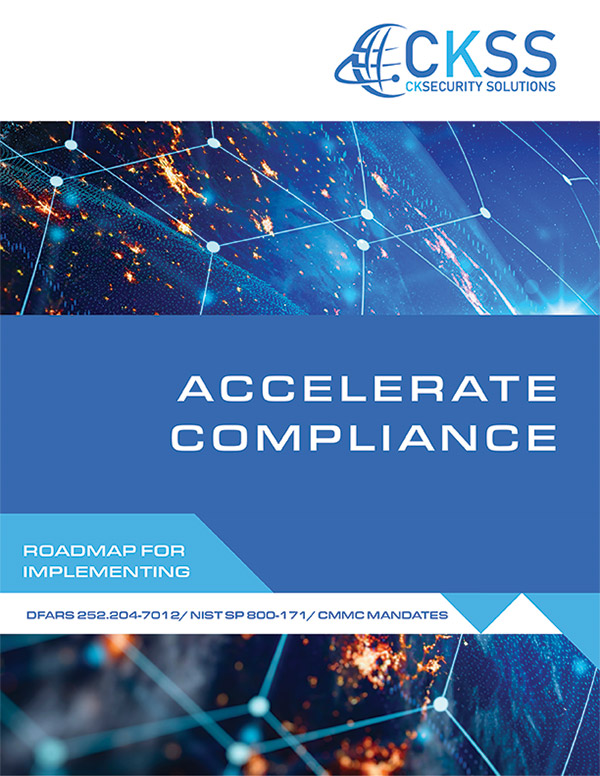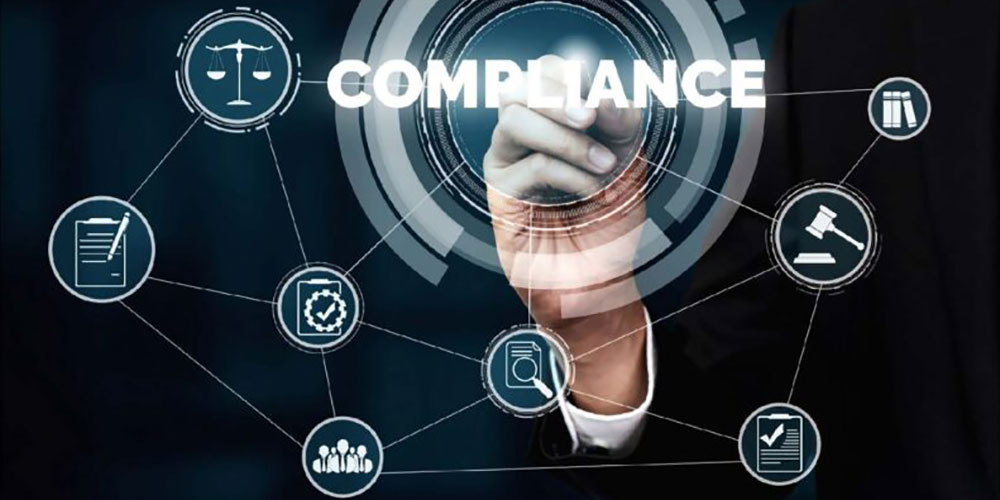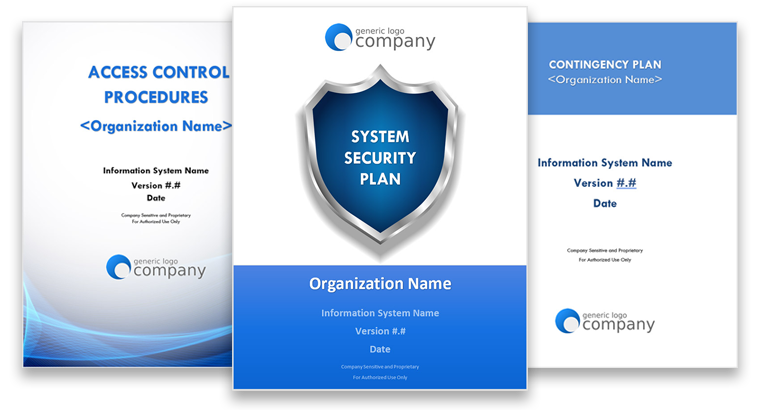As we navigate 2025, the cybersecurity industry stands on the cusp of significant transformation, driven by advanced technologies, shifting global dynamics, and the rapid adoption of artificial intelligence (AI) and Internet of Things (IoT) devices. This ever-evolving landscape demands business leaders and cybersecurity stakeholders prepare for emerging threats while seizing new opportunities to safeguard their organizations. Below, we dive deeper into the critical categories shaping the future of cybersecurity.
Threat Actors: A New Level of Sophistication
Nation-State Threats
Geopolitical tensions have escalated, making state-sponsored cyberattacks more complex and impactful. These actors have shifted tactics, prioritizing prolonged infiltrations over overt disruptions. Instead of causing immediate chaos, they embed themselves in systems for months or years to gather intelligence, manipulate data, and compromise critical infrastructure over time. Industries like energy, healthcare, and financial services are prime targets because of their strategic importance. Nation-state actors are leveraging advanced tools like AI-driven reconnaissance and zero-day exploits, making them harder to detect and mitigate.
Preparation Tip:Strengthen threat detection systems, invest in continuous monitoring, and prioritize actionable threat intelligence to counter these sophisticated actors. Engage with a cybersecurity compliance consultant to ensure your defenses align with regulatory frameworks such as NIST, CMMC, and DFARS compliance.
Organized Cybercrime
Cybercrime continues to grow at an alarming rate, with damages projected to reach $12 trillion in 2025. Cybercriminal groups are adopting professional business models, with ransomware-as-a-service (RaaS) enabling even novice attackers to execute sophisticated attacks. Techniques like double and triple extortion, where attackers target partners, clients, and data integrity simultaneously, have become commonplace. Additionally, social engineering tactics are increasing, exploiting human vulnerabilities to bypass even the strongest technical defenses.
Preparation Tip: Invest in employee training programs that emphasize recognizing and avoiding social engineering techniques. Integrate behavior-based analytics into your cybersecurity framework to identify anomalies and insider threats. Leverage cybersecurity compliance tools to manage vulnerabilities, maintain compliance with evolving regulations, and strengthen your defenses against human-centric risks.
Insider Threats
Insider threats are often underestimated, yet they account for a significant proportion of security breaches. Employees may unintentionally create vulnerabilities through negligence, while malicious insiders can deliberately compromise systems. Threats from insiders are particularly difficult to detect, as they often involve individuals with authorized access to sensitive systems and data.
Preparation Tip: Implement comprehensive monitoring tools to detect abnormal behavior, enforce strict access controls based on roles, and regularly conduct cybersecurity awareness campaigns to educate employees on the risks. Ensure your organization’s Cyber Incident Response and Contingency Plan is well-documented and tested, as it will play a critical role in mitigating the damage caused by insider threats.
Evolving Attack Types
AI-Driven Phishing and Deepfakes
Attackers are increasingly using AI to craft highly personalized phishing email campaigns that mimic authentic communications. Deepfake technology can impersonate executives or other trusted individuals, adding another layer of deception. These technologies exploit confidence and create challenges for organizations, as traditional phishing defenses become less effective.
Triple Extortion Ransomware
Building on double extortion, attackers now target not only organizations but also their supply chains and customer networks to amplify pressure for ransom payments. This cascading impact creates reputational damage, regulatory risks, and financial burdens across multiple stakeholders.
Supply Chain Attacks
By infiltrating trusted vendors or tampering with software updates, attackers gain indirect access to high-value targets. These attacks ripple across industries, exploiting interconnected ecosystems and highlighting the need for comprehensive vendor risk management.
Preparation Tip: Adopt zero-trust architectures and conduct rigorous third-party risk assessments. Require vendors to meet your cybersecurity standards and continuously monitor their compliance. Collaborate with a cybersecurity compliance consultant to verify vendor adherence to CMMC, NIST, and DFARS compliance standards.
Blind Spots and Challenges
Shadow AI
The rise of unauthorized AI tools, often referred to as “shadow AI,” poses significant risks. These tools bypass official approval processes, leading to compliance failures and potential data breaches. Employees often use these tools without understanding their implications, exposing the organization to significant threats.
Solution: Develop and enforce clear policies on AI usage. Offer employees secure, approved AI tools and provide training on why unauthorized tools are prohibited.
Ethical AI Challenges
AI systems are susceptible to bias and lack accountability if not properly designed. Ethical concerns surrounding AI, such as data privacy violations and opaque decision-making processes, can undermine trust and create compliance risks.
Solution: Create an ethical AI framework that prioritizes transparency, inclusivity, and accountability. Conduct regular audits to ensure AI tools align with these principles while addressing potential risks.
Strengthening Resilience
Proactive Defense
A reactive approach to cybersecurity is no longer sufficient. Organizations must adopt AI-driven, real-time threat detection systems to identify and neutralize attacks before they occur. Zero-trust architectures, which assume no user or device is inherently trustworthy, will become the backbone of future defense strategies. As quantum computing evolves, adopting quantum-resistant cryptography will also become a priority.
Cyber Insurance
The growing complexity of cyber risks has made cyber insurance a critical component of risk management. Policies tailored to specific organizational roles, such as CISOs, can address liabilities and provide financial protection. However, obtaining coverage will require organizations to demonstrate mature security practices. Without evidence of strong security measures like multi-factor authentication, incident response plans, and regular vulnerability assessments, organizations are viewed as higher-risk clients, making it difficult to justify coverage or determine appropriate premiums. Ensuring your Cyber Incident Response and Contingency Plan is up to date and aligned with NIST compliance can enhance your ability to secure insurance coverage.
Workforce Evolution
The cybersecurity talent gap remains a pressing challenge, with demand far outpacing supply. Automation will alleviate some manual workloads, but organizations will need to prioritize human-centric skills such as risk management, ethical decision-making, and strategic thinking. CISOs will take on broader roles, aligning cybersecurity with overarching business objectives.
Growth Markets
Cybersecurity innovations will continue to thrive in high-stakes industries like healthcare and finance—where the consequences of breaches are most severe—with AI-powered threat detection and cloud security tools leading investments. Emerging sectors, including green technology and electric grids, will require robust protections against nation-state and criminal threats. For small and medium enterprises (SMEs), scalable and affordable cybersecurity technical and compliance solutions will be key to navigating limited resources and high-stakes environments.
The Path Forward
Resilience is the defining characteristic of successful cybersecurity strategies in 2025. Organizations must proactively address threats by strengthening identity protection, adopting AI-driven solutions, and investing in workforce development.
Those who anticipate challenges and embrace innovation will lead the way in a new era of cybersecurity.
How Can CKSS Help?
Navigating today’s complex cybersecurity challenges requires expert guidance and innovative strategies. CKSecurity Solutions (CKSS) specializes in helping organizations future-proof their security infrastructure with tailored solutions. Whether you’re implementing a CMMC Enclave or Zero Trust framework, we provide the expertise and resources to secure your business effectively. Here’s how:
🔹 Security Compliance
- Expertise in NIST, ISO 27001, SOC2, GDPR, PCI, HIPAA, & FedRAMP
- CMMC compliance, security audits, & remediation support
- Managed Security Services & Compliance as a Service
- Cloud assessments & risk analysis
🔹 IT & Security Operations
- IT modernization & network integration
- Vulnerability management & event log monitoring
- Threat detection & response
🔹 Zero Trust Security
- Stakeholder education & strategic alignment
- Risk assessments & phased roadmap development
- Vendor selection & secure infrastructure implementation
- Documentation & investment planning
Partner with CKSS to stay ahead in a rapidly evolving cybersecurity landscape. Our expertise ensures that your organization adopts cutting-edge solutions while maintaining compliance with industry standards, allowing you to focus on what you do best–delivering unparalleled services to government and military personnel.
The first step is scheduling a No-Obligation Consultation. Let our team assess your current cyber security systems, evaluate risks, and build a strategy tailored to your needs.
Contacting CKSS
You probably have questions, and our team is here to provide you with the answers you need.
Call us anytime at 443.464.1589 or contact our team online today.
Have questions about Compliance?




